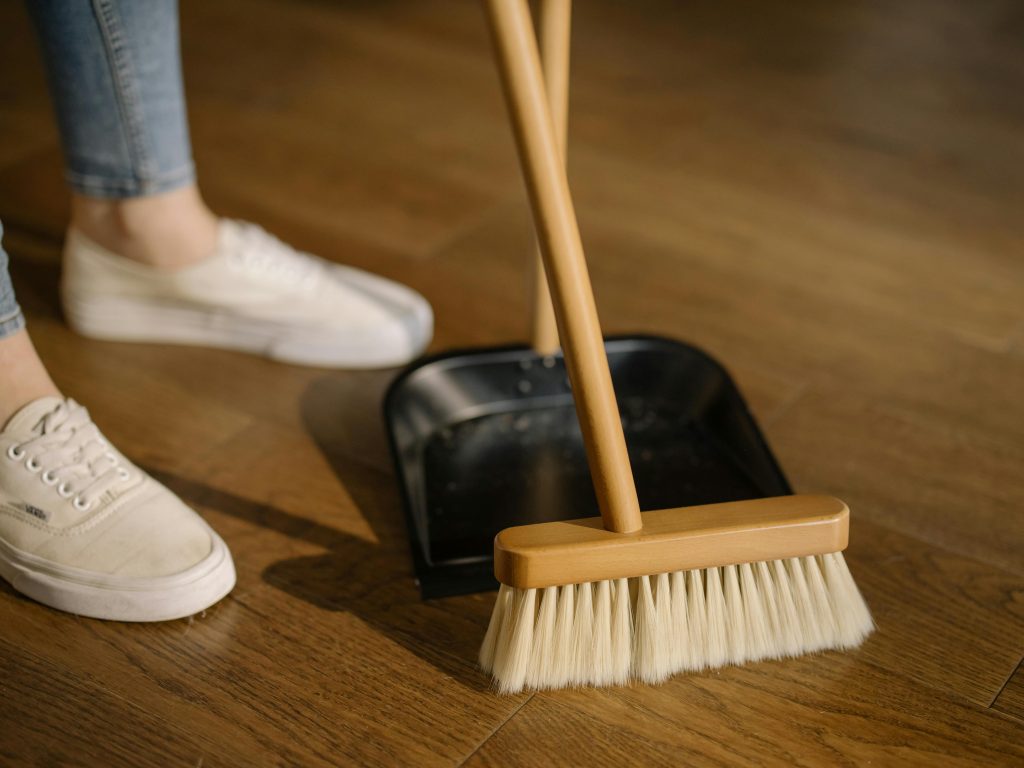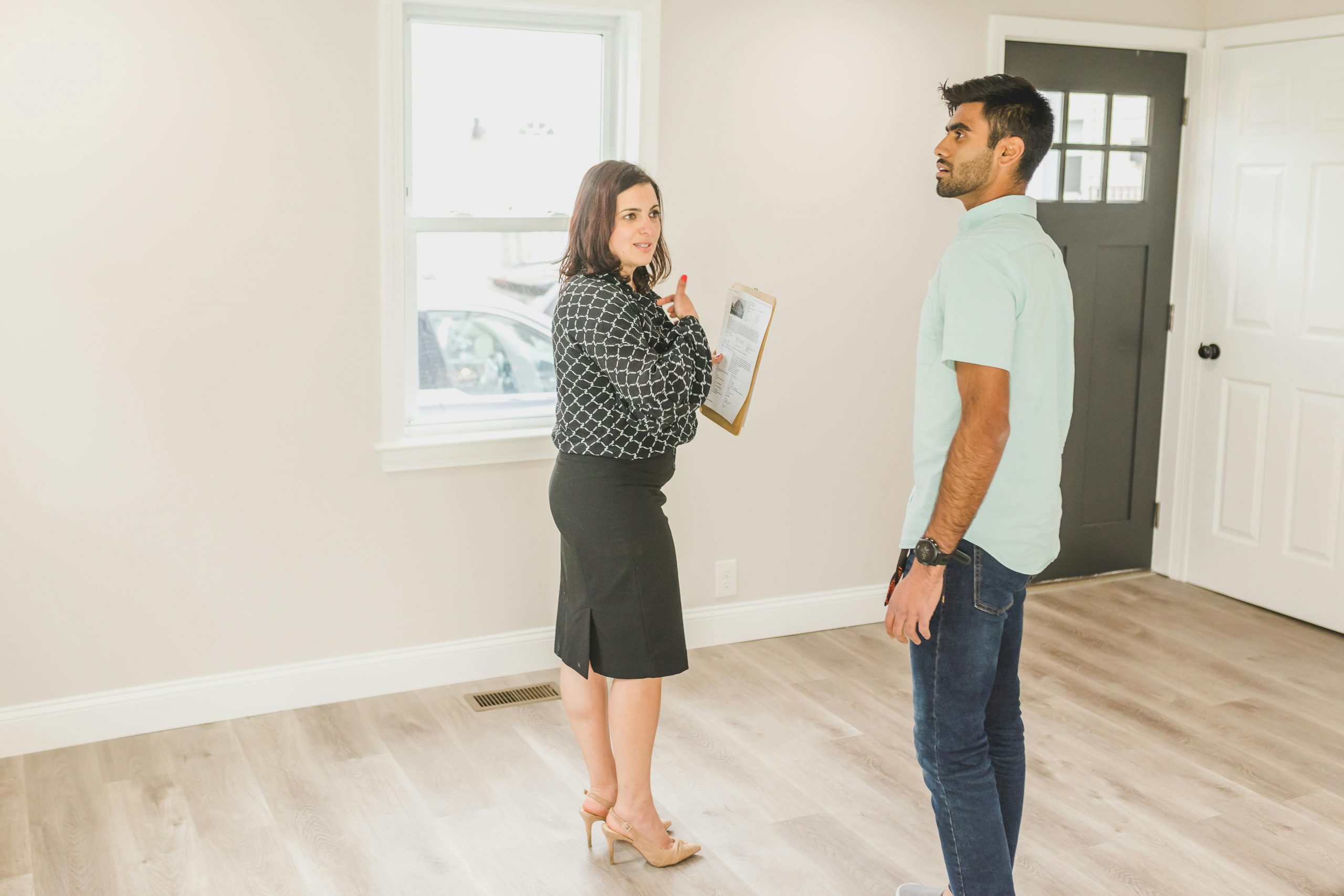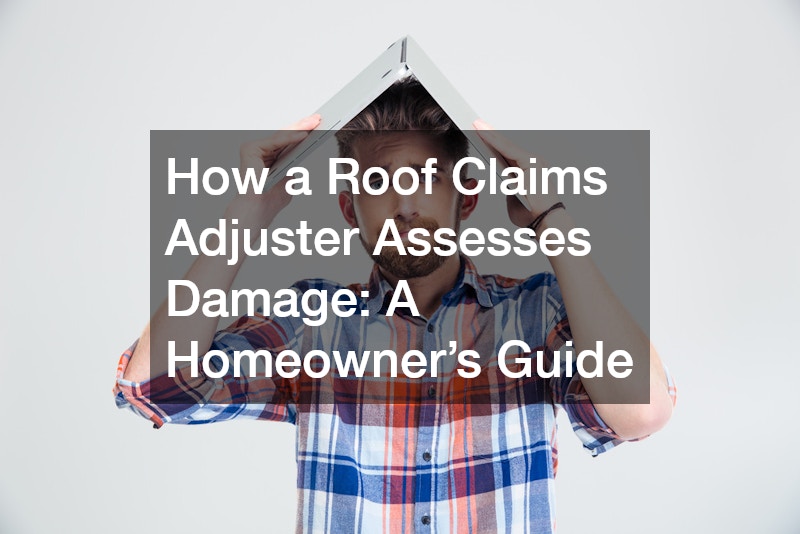Disclaimer: The insurance information provided here is for general knowledge only and does not replace advice from licensed insurance professionals. Please consult a qualified advisor for coverage decisions.
Home insurance is a crucial part of protecting your property, but in some cases, your insurance company may ask you to undergo a home insurance inspection. Whether you’re purchasing a new policy, renewing an existing one, or filing a claim, a home insurance inspection helps assess the condition of your property and its risks. While these inspections may seem intimidating, understanding what to expect can make the process smooth and straightforward.
This article will cover the importance of home insurance inspections, what to expect during the process, how to prepare for one, and common factors that may affect your premium. We’ll also explain how this inspection ensures you’re properly covered in case of damages or losses. If you’ve ever wondered why home insurance companies conduct these inspections or how they impact your policy, this guide has the answers you need.
Why Do Insurance Companies Conduct Home Insurance Inspections?
Home insurance inspections are typically conducted to ensure that the property meets the insurance company’s standards and that your home is adequately protected. Insurance companies need to assess the condition of your home, its safety features, and its risk factors in order to calculate an appropriate premium and avoid over-insuring or under-insuring your property. Here’s a closer look at the main reasons for these inspections:
- Risk Assessment: Inspections allow the insurer to evaluate the risk factors associated with your property. For example, if you live in an area prone to flooding or wildfires, the insurance company will need to understand the potential risks and determine whether you need additional coverage.
- Proper Coverage: The goal of the inspection is to ensure that the amount of insurance you have matches the replacement cost of your home and belongings. If your home is underinsured, you might not receive enough compensation in the event of a disaster. Conversely, if it’s overinsured, you may be paying higher premiums than necessary.
- Preventative Measures: Inspections can reveal potential issues with your home, such as outdated wiring, roofing problems, or plumbing leaks. By identifying these concerns early, insurers can help ensure that you take necessary precautions before they become costly repairs.
- Confirming Safety Features: Insurance companies may check for safety features like smoke detectors, fire extinguishers, and security systems. These features can lower your premium because they reduce the risk of claims.
- Legal Requirements: In some cases, insurers are required by law to conduct an inspection before offering certain types of coverage, especially for high-risk properties.
What Happens During a Home Insurance Inspection?
When you get a home insurance inspection, a professional inspector visits your house to check its condition and safety. This helps the insurance company decide how much risk your home carries and what your policy should cover. The whole inspection usually takes between 30 minutes to a few hours, depending on the size, age, and shape of your property.
The inspector will look at both the outside and inside of your home, focusing on things that might lead to damage, safety issues, or costly repairs. Here’s what they typically examine:
Exterior Inspection:
- Roof:
One of the first things an inspector will check is your roof. They’ll look for missing or damaged shingles, signs of leaks, and the overall condition and age of the roof. A strong roof helps prevent water damage, so any signs of wear may be noted. - Siding and Walls:
The inspector will check your home’s outside walls for cracks, rotting, holes, or other signs of wear and tear. Damage here can let water, pests, or mold into the home, so it’s important everything is sealed tight. - Foundation:
A solid foundation is key to keeping your house standing strong. Inspectors look for cracks, uneven areas, or signs that the home is shifting. Problems here could point to larger structural issues. - Gutters and Drainage:
Good drainage protects your home from water damage. The inspector will check that gutters are clear and working and that downspouts are directing water away from the house, not toward the foundation.
Interior Inspection:
- Plumbing and Electrical:
Inside your home, the inspector will check your plumbing for leaks, rusted pipes, or water damage. They’ll also check the electrical system to make sure there are no outdated or unsafe wires that could cause fires. - Heating and Cooling Systems:
The HVAC (heating, ventilation, and air conditioning) system must be working properly. The inspector will check for clean filters, proper airflow, and make sure the system is safe and efficient. If it’s old or in bad shape, it might affect your insurance premium. - Fire Safety:
Fire prevention is very important. The inspector will check that your home has working smoke detectors and possibly carbon monoxide detectors. They’ll also look for fire extinguishers and ensure that escape routes aren’t blocked.
Safety Features and Security:
Security is another key part of a home inspection.
The inspector may check for things like:
- Deadbolt locks on doors
- Secure windows
- Alarm or home security systems
- Motion lights or cameras
Homes with strong safety features are often less risky to insure, and that can lead to better coverage or lower premiums. If your home is missing any of these features, the inspector might recommend installing them.
How to Prepare for a Home Insurance Inspection
 While a home insurance inspection isn’t something to stress over, taking a little time to prepare can make the process go more smoothly and help you avoid any surprises. Being ready can even help you qualify for better coverage or lower premiums. Here’s how to get your home inspection-ready:
While a home insurance inspection isn’t something to stress over, taking a little time to prepare can make the process go more smoothly and help you avoid any surprises. Being ready can even help you qualify for better coverage or lower premiums. Here’s how to get your home inspection-ready:
1. Clean and Tidy Your Home
Although the inspector isn’t judging your cleaning habits, a clean and organized home makes it much easier for them to do their job. Focus on areas they’ll need to inspect, like the attic, basement, utility closets, and crawl spaces. Remove clutter and make sure pathways are clear. A tidy space helps the inspector spot issues more easily—and shows that you care for your home.
2. Provide Access to Key Areas
Make sure the inspector can easily get to every part of your home that may need checking. This includes:
- Attic and crawl spaces
- Garage and sheds
- Water heater, HVAC units, and electrical panels
- Under sinks and behind appliances
- Roof access (if possible)
Unlock gates, sheds, or any doors that might block access. If you have pets, keep them secured during the visit to ensure the inspector can work safely.
3. Check Your Safety Features
Your home’s safety systems are a big part of the inspection. Be sure that all of the following are working and up to date:
- Smoke detectors – Test each one and replace batteries if needed
- Carbon monoxide detectors – Make sure they’re in place and working
- Fire extinguishers – Check expiration dates and refill if needed
- Security systems – If you have alarms or surveillance, confirm they’re functioning properly
Some insurance companies offer discounts for homes with strong safety features, so keeping them in good shape can actually save you money.
4. Take Care of Repairs in Advance
If you already know of any issues—like a leaky faucet, damaged shingles, loose railings, or cracks in the walls—it’s a good idea to fix them before the inspection. Small problems that go unfixed can become big red flags to an inspector. Common items to double-check include:
- Roof and gutters
- Plumbing fixtures and pipes
- Electrical outlets and wiring
- Broken windows or damaged doors
- Water stains or signs of mold
Addressing these repairs early not only improves your chances of passing the inspection but may also lower the risk of being quoted a higher insurance premium.
5. Be Ready to Answer Questions
The inspector may ask you about your home’s history and systems, so be prepared with details such as:
- The age of the home
- When the roof was last replaced
- Updates to plumbing or electrical systems
- Past damage or repairs
- Previous insurance claims
Having this information ready shows that you’re informed and proactive about your home’s upkeep. If you’ve made improvements—like adding a security system or upgrading your HVAC—make sure to mention it, as it could work in your favor.
Common Factors That Affect Home Insurance Premiums
Several factors uncovered during a home insurance inspection can impact your premium. These include:
- Roof Age and Condition: An older roof may raise your premium because it’s more likely to suffer damage in a storm. If your roof is nearing the end of its lifespan, consider replacing it before the inspection.
- Plumbing and Electrical Systems: Outdated plumbing and electrical systems can increase the risk of damage, and insurers may raise your premium to reflect the added risk. Make sure these systems are up to code.
- Fire Protection: Homes equipped with fire alarms, sprinklers, and extinguishers often enjoy lower premiums because these features reduce the likelihood of severe damage in case of a fire.
- Flood Risk: If your home is located in a flood-prone area, you may need additional coverage. The inspection can help insurers assess the need for flood insurance.
- Home Security: Homes with security systems or deadbolts on doors may receive discounts on insurance premiums, as they are less likely to be targeted by burglars.
What Inspectors Look For That Could Impact Your Premium
During a home insurance inspection, the inspector isn’t just checking for safety and maintenance issues—they’re also evaluating the overall risk your home presents to the insurance company. Certain findings during the inspection can directly affect your insurance premium, either raising it or qualifying you for discounts.
Common Risk Factors That May Increase Your Premium:
- Old roofing or poor roof condition – Increases the risk of water damage or leaks
- Outdated electrical systems – Higher chance of electrical fires
- Plumbing issues or water leaks – Can lead to mold or major damage
- Missing safety features – Lack of smoke detectors or fire extinguishers
- Structural problems – Cracks in the foundation or exterior walls
- Overgrown trees near the home – Can damage the roof or siding during storms
Features That May Lower Your Premium:
- Updated wiring and plumbing systems
- Fire-resistant roofing materials
- Working smoke and carbon monoxide detectors
- Home security systems and deadbolts
- New HVAC system in good condition
Knowing what could influence your premium helps you decide which updates or repairs might be worth investing in before the inspection.
What to Expect After the Inspection
Once the home insurance inspection is complete, your insurance company will review the findings and decide if any changes to your policy are necessary. Here’s what usually happens next:
1. Review and Report
The inspector will submit a report to your insurance provider. This report includes photos, notes, and evaluations based on what they observed both inside and outside your home.
2. Possible Outcomes
Depending on the results of the inspection, your insurer might:
- Approve the policy as is – If your home is in good condition with minimal risks
- Recommend improvements – You may be asked to fix specific issues (like a missing handrail or damaged roof) within a certain time frame
- Adjust your premium – If your home has risks, your rate might go up. If your home is low-risk and well-maintained, your rate could go down
- Cancel or deny coverage – In rare cases, if the home is considered too risky, the insurance company might choose not to offer coverage
3. Stay Informed
You’ll usually receive a copy of the inspection report or a summary. Review it carefully, ask questions if anything is unclear, and take action on any recommendations as soon as possible. Staying proactive helps you maintain your coverage and avoid future headaches.
Conclusion: The Importance of Home Insurance Inspections
Home insurance inspections play a vital role in ensuring that your property is properly covered and that any risks are identified early. While the process may seem intimidating at first, understanding its purpose and preparing for it can help make the experience less stressful. By maintaining your home’s safety features and addressing potential issues before the inspection, you can avoid costly repairs and ensure that your home insurance policy reflects the true value and condition of your property.
Remember, the goal of the inspection is not only to protect you but also to provide you with the best possible coverage at a fair rate. By working with your insurance company and following the tips outlined in this article, you can keep your home secure and maintain a reliable insurance policy.




